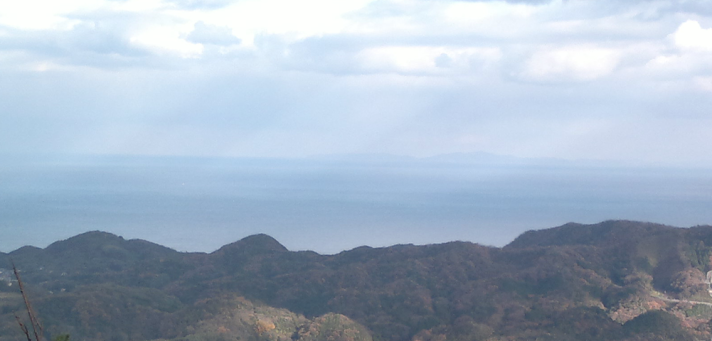In Dozen Oki-islands, in which macaques lost fur, and invented name, words, farming grains and iron tools, there is a shrine called “Takuhi-shrine” (Takuhi means burning fire in Japanese) at the middle of the slope of Mt. Takuhi. On the opposite side of the sea, on the mainland Japan, there is a group of 4 mountains named “cannabi mountain”, one of which, named Mt. Asahi, is facing the channel between the Oki-Islands and the mainland. From the top of Mt. Asahi, one can see Mt. Takuhi with the Takuhi shrine facing toward Mt. Asahi, and 3 cannabi mountains at the back, indicting fire was used for the communication between the islands and the mainland.
The name of “cannabi mountains” suggests that cannabis was used for better sight, suggesting that the use for neurological effects began in early days of the human history. To support the notion, ropes decorating Japanese shrines were cannabis. However, as the Japanese government prohibits to cultivate cannabis to keep the monopoly, shrines are importing ropes from China, even for the most prestigious Ise-Shrine for the emperors’ family (link to reference in Japanese).
Below is a view of the Dozen Oki-Islands from Mt. Asahi. It’s hard to see the islands on the photo due to the weather, and it’s recommended to visit the mountain top to see the islands; better to go to the Takuhi-shrine first, since it’s an insightful view, if one knows where the Takuhi-shrine sits: ~50 km away. Link to the tourist bureau of Oki-Islands (Japanese) ->

There is a cave behind the Takuhi-shrine, in which half of the shine is encaved, which fits a story in the Kojiki. In the Kojiki, the Queen Amaterasu hided in a cave being saddened by the violence of her brother, Susanoo.
Advertisements Share this:





